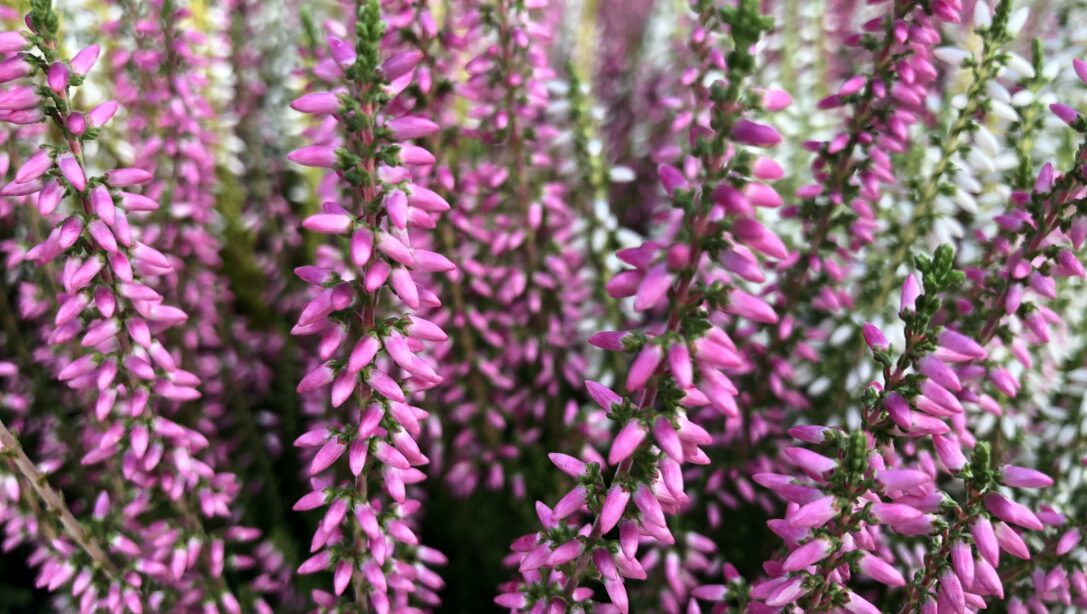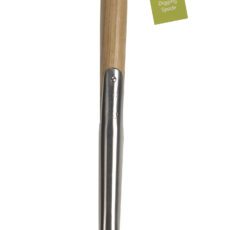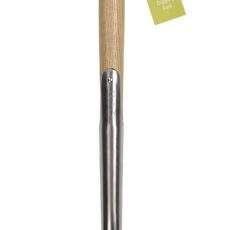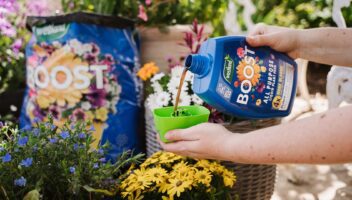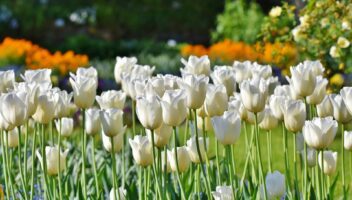Sometimes better known as heather Calluna vulgaris is a compact evergreen shrub found naturally in swathes across the heathlands of Europe. Calluna varieties have small leaves and produce flowers in a range of colours from late summer into autumn. This is a very hardy garden plant that is popular in the garden with an almost all year round interest offered from either flower or foliage and its low maintenance nature.
Scientific research from the Royal Botanic Gardens, Kew and Royal Holloway, University of London has suggested that a natural nectar chemical that occurs in Calluna named callunene has high medicinal value in protecting wild bumblebees from the common parasite Crithidia bombi.
Calluna vulgaris Varieties
Although Calluna vulgaris is the only species within the calluna genus, there are a surprisingly large number of these varieties. These produce vibrant flowers in shades of red, pink, purple and white.
They are also particularly loved by bees, making them a great source of autumn nectar.
For a really long lasting burst of colour, we recommend the Calluna vulgaris Garden Girls Series. Growing to less than half a metre tall the dark green foliage sets off flowers in red, pink and white. The long flowering time is the result of the flower buds never completely opening.
Calluna vulgaris Garden Girls Series
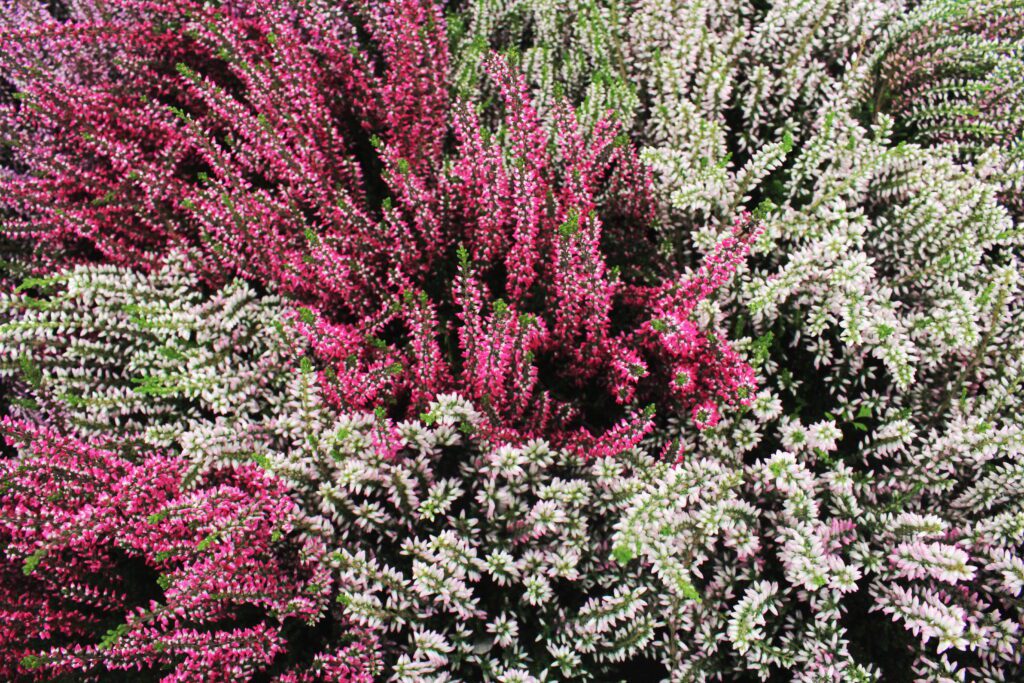
Sun Requirements: Full sun
Soil: Well drained soil and prefers acidic soils
Hardiness: Fully hardy will tolerate to -20°C or even below
Size: Grows to 50cm height x 50cm spread
Growing Guide
Planting
Position in a spot in full sun. Add ericaceous compost if you do not have naturally acidic soil. Calluna are extremely hardy, low maintenance plants that will perform reliably year after year with just a little care.
Watering
Even though Calluna is quite drought tolerant we always advise that they should receive regular watering, keeping the soil moist and well draining is important in the first 18 months. The aim is to keep the soil moist but not too soggy, avoiding it getting waterlogged.
Pruning
Prune back to the base of flower stalks each year in the early to mid spring which will encourage a stronger growth. However, after flowering remove the brown flower heads (deadheading) to improve the plants appearance. Snip off the flower stalks just above the foliage.
Planting Ideas
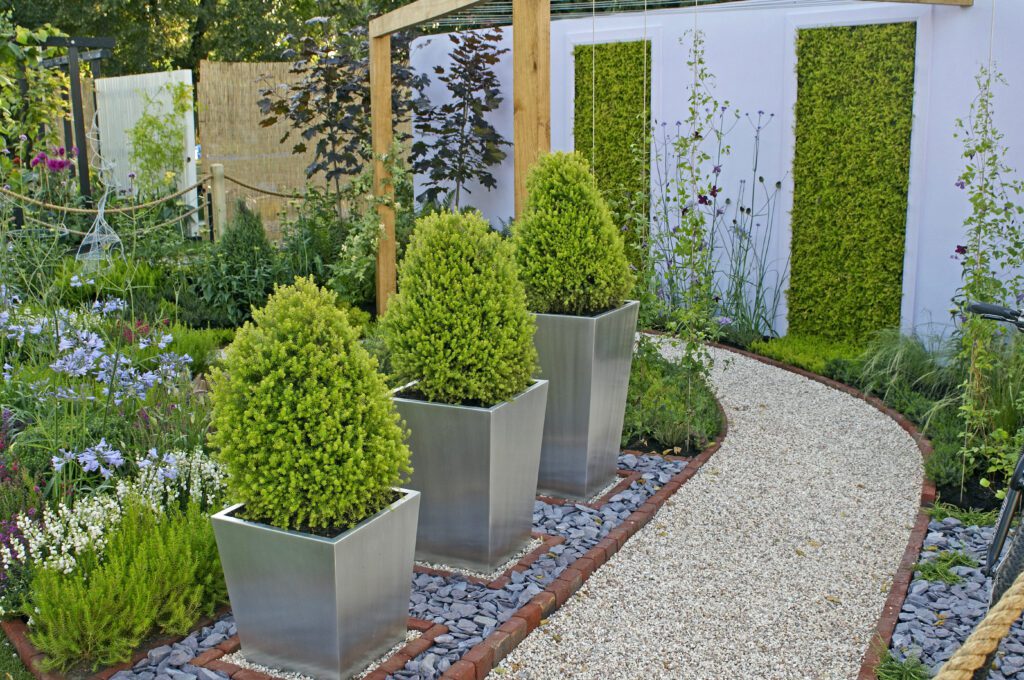
Calluna works well planted towards the front or middle of the border, framing the rest of your planting.
It can also make a great container plant, either mono planted or as part of a mixed autumnal planter, adding long lasting colour and texture to your garden.
Fact
Calluna is in the Ericaceae family of flowering plants, which includes the similar Erica species but also cranberries, blueberries and rhododendrons.


